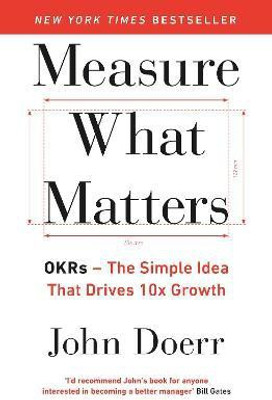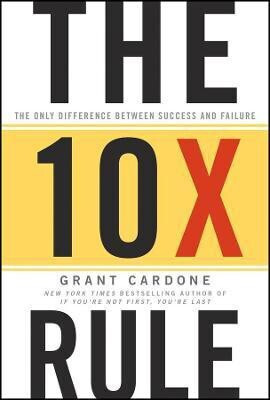
Writing the NIH Grant Proposal annotated edition Edition (English, Hardcover, Gerin William)
Price: Not Available
Currently Unavailable
Highlights
- Language: English
- Binding: Hardcover
- Publisher: SAGE Publications Inc
- Genre: Education
- ISBN: 9781412915311, 1412915317
- Edition: annotated edition, 2006
- Pages: 336
Description
This primer on the mechanics of applying for NIH grants offers hands-on advice that simplifies, demystifies, and takes the fear out of writing a federal grant application. The graduate student, post-doctoral fellow, or junior research faculty member applying for a prestigious NIH grant faces many complex issues and situations. Although many grant writing guides already exist, they are overly general in helping applicants navigate the complexities peculiar to the NIH process. Also, although several NIH institutes provide information regarding grant submissions, such info tends to be general and awkward to access. This book provides specific and detailed step-by-step guidance in completing an NIH application through a number of unique features. Written by an author with proven success in obtaining NIH grants and in developing grant application workshops for university and convention settings, this book features actual forms from NIH grant applications which have been annotated so as to guide readers step-by-step, highlighting unexpected nuances that can make all the difference between winning - and losing - a grant.
Read More
Specifications
Book Details
| Imprint |
|
| Publication Year |
|
Contributors
| Author Info |
|
Dimensions
| Height |
|
| Length |
|
| Weight |
|
Be the first to ask about this product
Safe and Secure Payments.Easy returns.100% Authentic products.
Back to top




